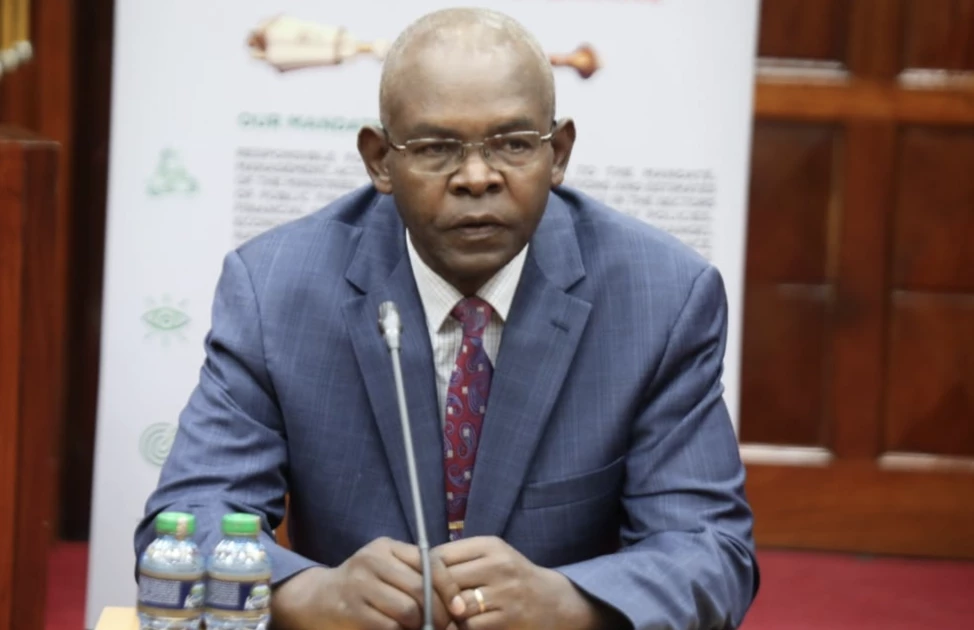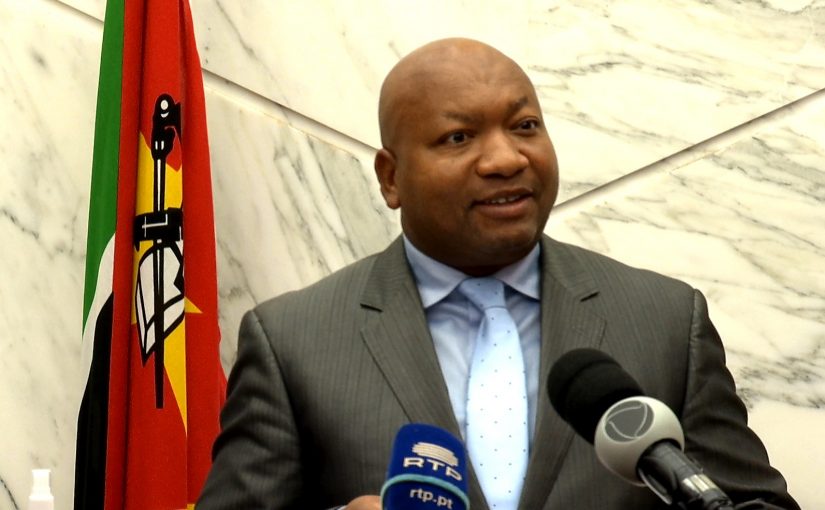Financial Crime Keeps Uganda’s Financing Costs Elevated
Uganda’s Shs1.7 trillion Anti Money Laundering leakage equals about 0.75% of GDP and keeps long yields near 16.9% as USDUGX=X stability faces pressure while stronger enforcement could narrow spreads and attract frontier inflows supported by steady BZ=F prices.

Uganda’s estimated annual loss of Shs1.7 trillion to money-laundering—approximately US$490 million at USDUGX=X ≈ 3,450—signals a structural drag on macro stability rather than a mere compliance footnote. With nominal GDP projected at US$65.0 billion in the 2025 calendar year, the leakage equals 0.75 percent of output.
Headline inflation stood at 4.0 percent year on year in September 2025 and the Bank of Uganda’s policy rate held at 9.75 percent in October. The anomaly lies in the expanding liquidity outside the banking system—illegal flows weaken the link between policy rates and domestic financing conditions, distorting yield formation and exchange-rate stability.
The mechanism is traceable. Illicit funds infiltrate trade mis-invoicing, cash-heavy retail and real-estate channels. These avenues inflate nominal volumes and asset prices without generating taxable value added. Customs and VAT processes record little of the activity, widening the gap between official output and economic substance. With a tax-to-GDP ratio near 12.5 percent in 2022, Uganda already falls short of the Africa median of about 16 percent.
Every percentage point of GDP lost to unrecorded flows reduces fiscal headroom. Banking intermediation suffers too: small enterprises face higher risk-premia because banks cannot originate originator-verifiable cash-flows. That elevates NPL risks, narrows credit penetration (currently ~13 percent of GDP), and limits the transmission of monetary policy.
Market pricing reflects the impact. The 10-year Ugandan sovereign yield hovered at 16.9 percent in October 2025, embedding not just inflation expectations but elevated governance risk. Public debt is estimated at 52 percent of GDP, increasing sensitivity of the budget to funding costs. A shallow credit pool means monetary easing has muted real-economy effects. On the foreign-exchange front, while USDUGX=X strengthened into the 3,40x range by mid-October, poor quality of flow data and reliance on informal channels maintain two-way risk, unlike regional peers better embedded in formal FX systems.
Regional and global context sharpen the interpretation. Frontiers that improved AML frameworks reported narrower currency spreads and stronger portfolio inflows. With Brent crude trading near US$61 per barrel (BZ=F), Uganda’s external buffers are limited, shifting the burden of adjustment onto domestic institutions. Allocators of frontier-market capital emphasise governance momentum. In that regard, Uganda is disadvantaged: it faces a higher required return even with commodity-price tailwinds. Capital cannot be priced purely on fundamentals; it is priced on institutional control of flows.
The policy levers are operational and measurable. First, implement real-time transaction monitoring and a legal beneficial-ownership registry for trusts and corporate entities. Second, mandate digital e-invoicing for VAT-registered firms and integrate customs, tax and intelligence databases to detect trade anomalies. Third, condition eligibility for public-procurement contracts and infrastructure concessions on documented AML compliance. These steps convert hidden flows into observable, taxable cash-flows, strengthening both revenue and underwriting capacity. If such reforms cut annual leakage by 50 percent within three years—0.35–0.40 percent of GDP—the primary balance improves comparably, potentially compressing the sovereign yield by 50–100 basis points, all else equal.
Forward-looking indicators provide a clear verification pathway. By June 2026, suspicious-activity reports should increase by at least 25 percent year on year, beneficial-ownership registrations should double, and the 10-year yield should tighten by 75–100 basis points from October 2025 levels while CPI remains inside the 3–5 percent band.
By end-2027, tax-to-GDP should rise by 0.3–0.5 percentage points and private-credit-to-GDP by 2–3 points, and price-to-rent ratios in commercial real estate should compress toward global frontier norms. These data-driven milestones will affirm whether Uganda is translating AML enforcement into fiscal capacity, monetary traction and investor confidence—yielding a compression of the governance premium rather than just rhetoric.





